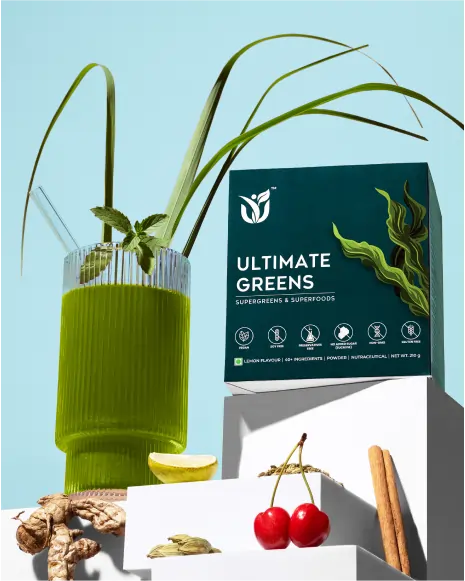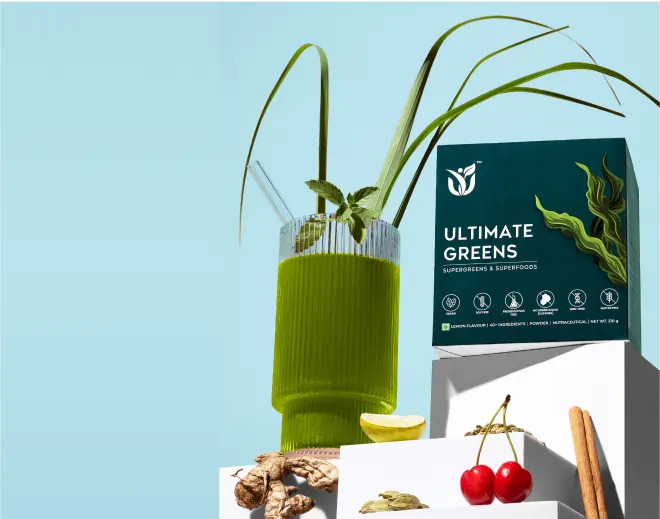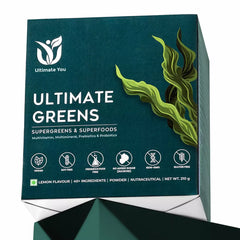Let’s be honest — when I first started drinking protein shakes, I thought I had it all figured out. Scoop, shake, sip, done. Simple, right? Turns out, I was making some major mistakes that not only slowed down my progress in the gym but may have actually been holding me back.
Whether you’re trying to bulk up, lean out, recover faster, or just get more protein into your diet, protein shakes can be a powerful tool. But only if you’re using them the right way!
Unfortunately, most of us are getting it wrong and we don’t even realize it.
So if you've ever felt bloated after having a shake, didn’t see results despite consistent use, or felt like you were wasting your money on thick protein shakes, trust me, you’re not alone.
Let’s dig into the 5 biggest protein shake mistakes I was making — and probably, you are too — and how to fix them today.
Mistake #1: Turning My Protein Shake Into a Dessert
I wanted my shake to taste good, so I’d add almond butter, oats, honey, bananas, coconut milk — sometimes even a square of dark chocolate. It tasted amazing. But then I realized I was basically drinking a 600-calorie smoothie every morning after breakfast.
Why is it a problem?
Unless your goal is weight gain or you’re a high-performance athlete, you could be overloading your shake with too many calories and sugars. That slows down the fat loss process and can cause insulin spikes.
How To Fix?
Think of your shake like a supplement, not a treat. Stick to a base of water or unsweetened almond milk, a scoop of high-quality protein powder, and one or two nutrient-dense add-ins (like spinach, chia seeds, or a few frozen berries). Save the extras for days when you actually need more energy.
Mistake #2: Using Cheap, Low-Quality Protein Powders
If you're like me, you probably once grabbed the biggest tub with the flashiest label that was on sale. But after a few weeks of bloating, inconsistent results, and suspiciously sweet flavours, I started digging deeper. You might fall for marketing gimmicks that every brand does.
Why is it a problem?
Cheaper brands contain fillers, artificial sweeteners, excessive sugar, and low-quality protein blends. What's even worse is they might lack the amino acid profile you need for muscle repair and growth like leucine and other BCAAs.
How To Fix?
Invest in a high-quality whey or plant protein to ensure your body gets all the essential amino acids it needs for muscle repair, and recovery. Check the label: it should have at least 20–25g of protein per serving, minimal added sugar, and ideally 3g of leucine to trigger muscle protein synthesis.
Mistake #3: Thinking More Protein = More Muscle
I used to believe that if one scoop was good, two or three had to be better. I’d consume 2-3 shakes a day on top of my regular meals, thinking I was speeding up the process. But, I wasn’t.
Why is it a problem?
Your body can only use so much protein at a time. Research shows that muscle protein synthesis peaks at around 20–30g of protein per meal. Consuming significantly more in one go won’t build more muscle, that's what I realised so far.
How To Fix?
Figure out how much protein you need actually. If you’re active, aim for 1.6 to 2.2g of protein per kg of body weight daily (or 0.7 to 1g per pound). Spread your intake across 3–5 meals a day to maximize absorption.
If you are not sure on picking the right protein powder for your health needs, don't worry. We have provided an in-depth guide on tips for choosing the best protein powder that maximize health benefits.
Mistake #4: Using Shakes as a Meal Replacement
I fell into this trap hard. Busy schedule? Just shake and go. No time for lunch? I’d swap it for a shake. Before I knew it, I was replacing real food with powdered convenience.
Why is it a problem?
Protein shakes are supplements, not complete meals. They lack fiber, whole-food nutrients, and the satiety that real meals provide. Over time, this can lead to nutrient deficiencies, digestive issues, and slowed metabolism.
How To Fix?
If you’re going to use a shake as a meal replacement once in a while, make sure it’s balanced. Add a healthy fat (like half an avocado or a tablespoon of flax), fiber (like oats or spinach), and a fruit or veggie. It's better to prepare quick meals in advance so you don’t have to rely on shakes for nourishment.
Mistake #5: Ignoring Timing, Tolerance, and Variety
I used to drink protein shakes right after workouts. I also didn’t pay attention to how my body felt until I noticed bloating, fatigue, and occasional breakouts.
Why is it a problem?
The idea that you have to drink protein smoothie within 30 minutes of a workout is outdated. Plus, if you have food intolerances (to lactose, soy, gluten, etc.), the wrong powder can cause gut distress and sabotage your results.
How To Fix?
Timing: The anabolic window is longer than you think — up to 2 hours post-workout. Even spacing your protein evenly throughout the day may be more effective.
Tolerance: Choose a protein powder that suits your digestion, whey protein isolate (low in lactose and is good for men), plant-based blends, or egg white proteins are great options.
Variety: Rotate your ingredients. Try protein overnight like oats, blend it into smoothies, mix into Greek yoghurt, or even bake with it.
10 Tips to Upgrade Your Protein Shake Game
1. Supercharge With Superfoods
Toss in nutrient-dense ingredients like chia seeds, flaxseeds, spinach, cacao nibs, turmeric, or spirulina. These add fiber, antioxidants, omega-3s, and even anti-inflammatory benefits.
2. Read the Label
Avoid protein powders that list sugar, sucralose, aspartame, or artificial dyes. Look for simple, clean ingredient lists with transparent sourcing and at least 20g of protein per scoop.
3. Rotate Your Protein Sources
Switch between whey isolate, pea, brown rice, collagen, or egg white protein. Not only does this reduce the chance of intolerance, but you’ll get a broader range of amino acids and micronutrients over time.
4. Don’t Forget the Fiber
Add ingredients like oats, psyllium husk, or even a small handful of berries to slow digestion, stabilize blood sugar, and keep you full longer.
5. Hydrate Smarter
Use water, coconut water, or unsweetened almond/cashew milk instead of sugary juices or full-fat milk. This keeps your shake lighter and your macros cleaner, especially around workouts.
6. Use a Blender
A blender unlocks options. You can blend in greens, frozen fruit, nut butters, or ice for better texture, taste, and nutrient absorption.
7. Keep It Cold
If you’re taking your shake to go, store it in an insulated bottle or thermos. Protein shakes taste better cold, and keeping them chilled prevents any weird textures or flavours from developing (especially if there’s dairy involved).
8. Upgrade With Adaptogens
Add things like maca root powder (for hormone balance), ashwagandha (for stress), or collagen peptides (for skin and joints). These small tweaks can add big functional benefits over time.
9. Track What Works for You
Keep a mini log or food diary to note how different shake ingredients affect your digestion, energy, recovery, and appetite. You’ll quickly figure out what to keep and what to avoid.
10. Store It Smart
Keep your protein powder in a cool, dark, dry spot. Always seal the container tightly and use it before the best-by date. Protein that’s been exposed to heat and moisture can degrade in quality and taste.
What I Learned (So You Don’t Have To)
Drinking protein shakes the wrong way can actually hurt your fitness journey. I learned this the hard way — by wasting money, slowing my results, and dealing with stomach issues.
But once I made the right tweaks like simplifying my ingredients, choosing better-quality protein, and using shakes strategically; everything changed. My energy has improved.
So, if you’re going to commit to protein shakes, do it right. It’s not about more — it’s about better.










